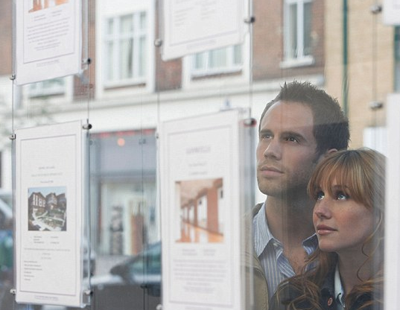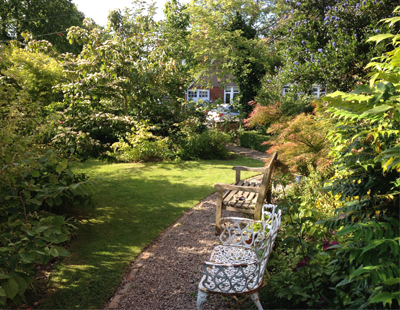A continued shortage in the number of rental properties on the market is placing upward pressure on rents across most parts of the country, a fresh report shows.
Rightmove’s latest rental tracker found that rents are rising across many parts of Britain due to a supply-side squeeze in the rental market, caused primarily by changes to the buy-to-let tax regime which is deterring new and diminishing existing investment in the private rented sector.
In the third quarter of the year, there were 8.7% fewer rental properties marked available compared to the corresponding period last year, contributing to a quarterly rent rise of 0.8% in Q3 2018 – the largest increase recorded at this time of year since 2015.
In London, the number of available rental properties is down by 19.4%, but the biggest jump in rents has actually been recorded outside the capital.
According to Rightmove, the average asking rent for a home across Britain, but excluding London, hit £802 per calendar month in Q3 2018.
It is the first time the property website has seen average rental asking prices outside London surpass £800pcm in its records going back seven years.
Within London, the average rent being asked for a home stood at £1,992pcm at the end of September, according to Rightmove’s .
Miles Shipside, commercial director and housing market analyst at Rightmove, said: “Rental demand is currently outstripping supply in many locations, especially in the capital.
“The exit of more landlords from the buy-to-let market in recent years has been due to a raft of different factors, from the more onerous tax regime and more stringent borrowing criteria, to the higher stamp duty on second home purchases and extra legal obligations.
“What we’re left with is a lack of available homes for tenants looking to find their next place to rent, meaning that when the right kind of property does come along it isn’t sticking around for very long before it’s snapped up.”
Scotland performed best for price growth in Q3, with a 2.8% increase in asking rents leading to an annual rate of 3.8%.
Shipside added: “Although some of the shortfall in supply will be met by quality housing provided by Build to Rent schemes in the coming years, it’s likely stock shortages will remain in areas with a high concentration of renters.
“Given this backdrop and rents likely to rise, private landlords should try and look beyond the current challenges if they can and stay in the sector. If they concentrate on improving the spec of their existing properties and buy better quality accommodation to add to their portfolios, tenant demand should steadily improve rental yields.
“Long term security is important too so see if landlords are open to negotiating a longer tenancy, perhaps with inflation only increases, as many will be keen to keep good tenants.”
Want to comment on this story? Our focus is on providing a platform for you to share your insights and views and we welcome contributions.
If any post is considered to victimise, harass, degrade or intimidate an individual or group of individuals, then the post may be deleted and the individual immediately banned from posting in future.
Please help us by reporting comments you consider to be unduly offensive so we can review and take action if necessary. Thank you.














.png)






Join the conversation
Jump to latest comment and add your reply
Not just the shortage of properties, but the ever increasing overheads and red tape placed on landlords increases rents.
Please login to comment